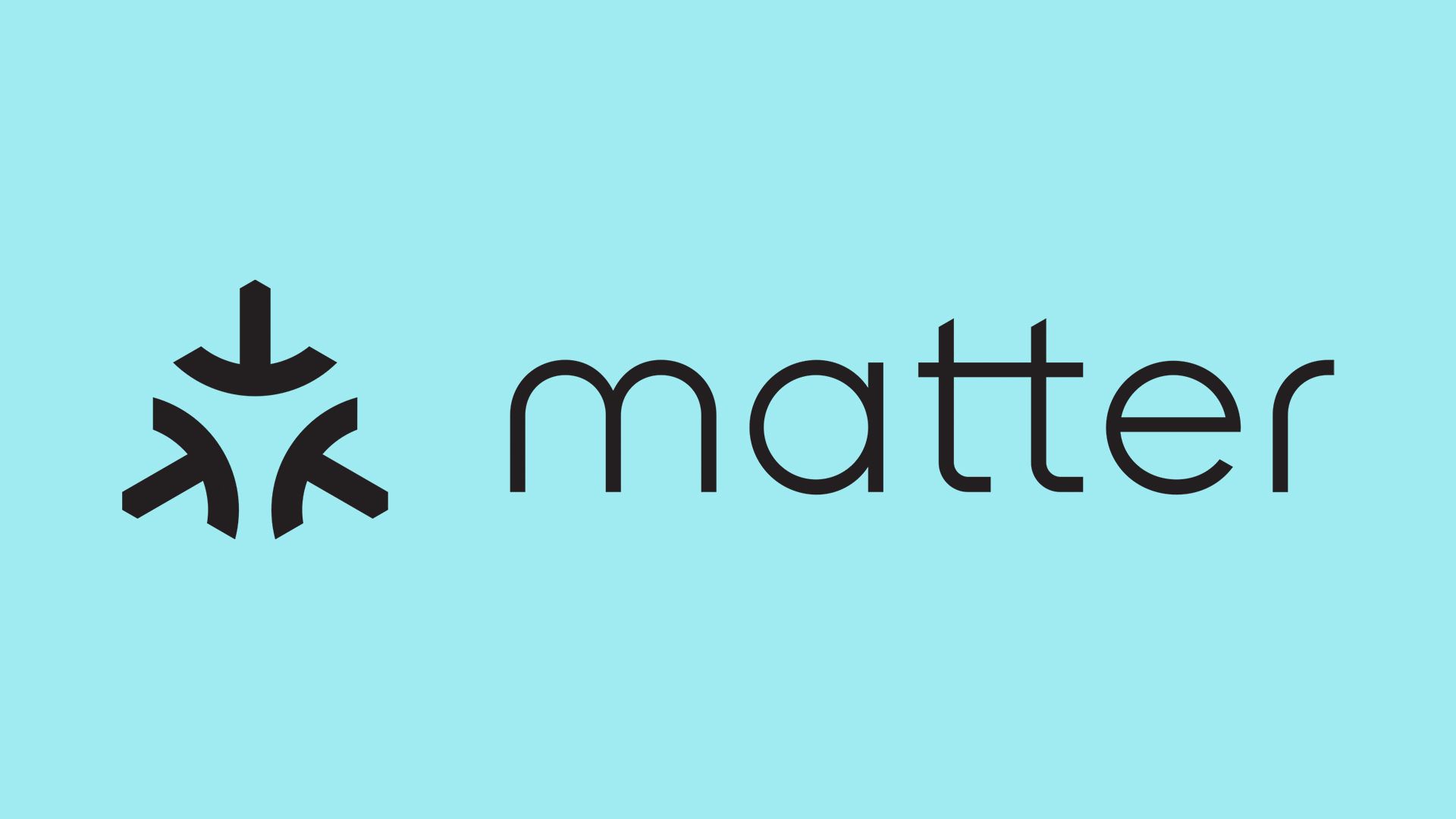The promise of a “smart home” — where you effortlessly tell your appliances what to do for you and can easily add new devices to your domestic mix — is edging closer to fruition.
Why it matters: When we’re finally able to take full advantage of smart home technology, everything from our lights and garage doors to our entertainment and security systems could work together seamlessly and obey our voice commands — making our lives more convenient, enjoyable and energy-efficient.
- That’s the dream. For now, it takes a good bit of expertise to set things up and get gadgets from competing brands to play nicely together — if they will at all.
- “Our future set of products, the entire suite is meant to be DIY-able,” says Frances Raya Sevilla, chief technology officer at ADT, which is best known for its security systems but also sells soup-to-nuts smart home automation gear.
- For now, the easiest option for most consumers is DIFM, or “do it for me.” This usually means professionals make a house call to set things up — and seek to minimize the number of apps, switches and hardware devices needed to control everything.
Driving the news: Makers of Internet-of-Things (IoT) devices for the home are pinning their hopes on a forthcoming technology standard called Matter, which is meant to ensure the interoperability of smart home devices.
- Long in the making, Matter is still being hammered out by a coalition called the Connectivity Standards Alliance (CSA).
- The device manufacturers have pledged to use Matter in their future products, so consumers will know when they see the Matter logo that they can easily add the product to their home setup.
- Companies in the CSA — a list that includes heavyweights like Amazon, Apple and Google — hope the first Matter-branded devices will hit shelves in 2023.
- The goal of easy plug-and-play interoperability probably won’t be reached until 2024 or 2025.
- “We really want the home to be smart, not just connected to the internet,” Sevilla tells Axios. “It’s really about being safe, smart and sustainable.”
How it will ideally work: Members of the coalition developing Matter see a day when you’ll be able to use voice commands, biometrics or an app (if you prefer) to automate the chores we now tend to do manually.
- Wake up your house: Your system will automatically turn on lights, get coffee brewing, switch on your favorite morning show and open the pet door to let Sparky out into the yard.
- Put your home to bed: Turn off the lights, close the garage door, lock all the perimeter doors and activate nighttime security cameras.
- Monitor everything: Sensors will be able to detect if there’s a leak in your plumbing or if you left the stove on by accident. They could even alert you about your elderly parent in another state getting up in the morning (through a motion sensor near their bed), opening the medicine cabinet and taking a shower.
- Smart appliances: Everything from washing machines, refrigerators and dishwashers to air purifiers, mousetraps and microwaves will be able to tell you when they’ve done whatever it is they’re supposed to do.
 The Matter brand logo — soon to become familiar?
The Matter brand logo — soon to become familiar?
Reality check: Parts of these scenarios are already mainstream, but other parts are distant or potentially unrealistic.
- Today’s tech-savvy consumers can already control many features in their homes — most notably lighting, thermostats, security and home entertainment systems — albeit typically through multiple apps rather than a single command module.
- All manner of gadgets currently advertise themselves as “connected,” “smart” and “simple.” (See this guide by PC Magazine to the best smart home devices of 2022 and how to suffuse your home with them.)
But problems abound:
- Technology glitches mean that things can go wrong in myriad ways — from appliances that only recognize one family member’s voice to devices that won’t sync with one another.
- Privacy concerns are the third rail of voice-activated, internet-connected home technology, and regulators are looking at the security of these systems even as consumers weigh the tradeoffs of convenience vs. Big Brother.
- A lot of the tech is not ready for prime time, meaning that it can’t be installed easily, doesn’t do exactly what it’s supposed to, or isn’t as time-saving or convenient as we want.
“We’re not in a good space, I would say right now, for the traditional definition of IoT devices,” says Adam Hotchkiss, vice president of product at Plume Design, which offers a smart home management system called HomePass.
- After you buy IoT devices, like a sensor or a light bulb, “it’s very fragmented about how you onboard it,” he says. “You have to download an app. There’s many different ecosystems that have come and gone.”
- Plus, lots of people have “some IoT devices in their homes that they probably forget about and can’t use effectively very well,” Hotchkiss tells Axios.
For those reasons, he said, “I think the industry itself wanted to do kind of a restart — how do we go and wipe everything clean and start all over? Which is really the inception of Matter.”
The bottom line: Hype has eclipsed reality for some time, as consumers seeking the convenience of a smart home instead encounter frustrations and limitations. But the industry is aware of the problems and working on them.
Go deeper: Coming in 2022: A big leap in smart home technology





